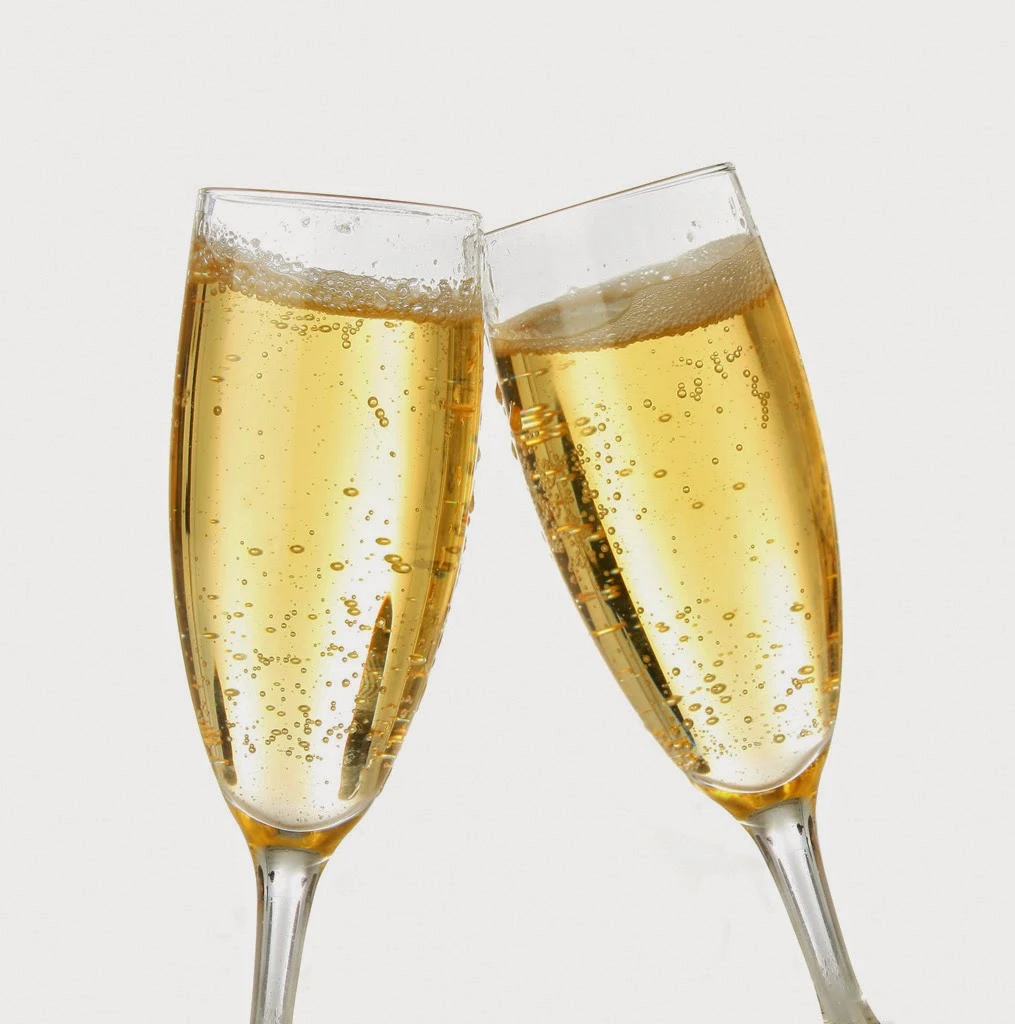There are many species of tobacco, which are encompassed by the genus of herbs Nicotiana. It is part of the nightshade family (Solanaceae) indigenous to North and South America, Australia, south west Africa and the South Pacific.
Many plants contain nicotine, a powerful neurotoxin that is particularly harmful to insects. However, tobaccos contain a higher concentration of nicotine than most other plants. Unlike many other Solanaceae they do not contain tropane alkaloids, which are often poisonous to humans and other animals.
Despite containing enough nicotine and other compounds such as germacrene and anabasine and other piperidine alkaloids (varying between species) to deter most herbivores, a number of such animals have evolved the ability to feed on Nicotiana species without being harmed. Nonetheless, tobacco is unpalatable to many species and therefore some tobacco plants (chiefly Tree Tobacco, N. glauca) have become established as invasive weeds in some places.
There are a number of types of tobacco include but are not limited to:
• Aromatic Fire-cured, it is cured by smoke from open fires. In the United States, it is grown in northern middle Tennessee, central Kentucky and in Virginia. Fire-cured tobacco grown in Kentucky and Tennessee are used in some chewing tobaccos, moist snuff, some cigarettes, and as a condiment in pipe tobacco blends. Another fire-cured tobacco is Latakia and is produced from oriental varieties of N. tabacum. The leaves are cured and smoked over smoldering fires of local hardwoods and aromatic shrubs in Cyprus and Syria.
• Brightleaf tobacco, Brightleaf is commonly known as "Virginia tobacco", often regardless of which state they are planted. Prior to the American Civil War, most tobacco grown in the US was fire-cured dark-leaf. This type of tobacco was planted in fertile lowlands, used a robust variety of leaf, and was either fire cured or air cured. Most Canadian cigarettes are made from 100% pure Virginia tobacco.[14]
• Burley tobacco, is an air-cured tobacco used primarily for cigarette production. In the U.S., burley tobacco plants are started from palletized seeds placed in polystyrene trays floated on a bed of fertilized water in March or April.
• Cavendish is more a process of curing and a method of cutting tobacco than a type of it. The processing and the cut are used to bring out the natural sweet taste in the tobacco. Cavendish can be produced out of any tobacco type but is usually one of, or a blend of Kentucky, Virginia, and Burley and is most commonly used for pipe tobacco and cigars.
• Criollo tobacco is a type of tobacco, primarily used in the making of cigars. It was, by most accounts, one of the original Cuban tobaccos that emerged around the time of Columbus.
• Dokham, is a tobacco of Iranian origin mixed with leaves, bark, and herbs for smoking in a midwakh.
• Oriental tobacco, is a sun-cured, highly aromatic, small-leafed variety (Nicotiana tabacum) that is grown in Turkey, Greece, Bulgaria, and Macedonia. Oriental tobacco is frequently referred to as "Turkish tobacco", as these regions were all historically part of the Ottoman Empire. Many of the early brands of cigarettes were made mostly or entirely of Oriental tobacco; today, its main use is in blends of pipe and especially cigarette tobacco (a typical American cigarette is a blend of bright Virginia, burley and Oriental).
• Perique, A farmer called Pierre Chenet is credited with first turning this local tobacco into the Perique in 1824 through the technique of pressure-fermentation. Considered the truffle of pipe tobaccos, it is used as a component in many blended pipe tobaccos, but is too strong to be smoked pure. At one time, the freshly moist Perique was also chewed, but none is now sold for this purpose. It is typically blended with pure Virginia to lend spice, strength, and coolness to the blend.
• Shade tobacco, is cultivated in Connecticut and Massachusetts. Early Connecticut colonists acquired from the Native Americans the habit of smoking tobacco in pipes and began cultivating the plant commercially, even though the Puritans referred to it as the "evil weed". The industry has weathered some major catastrophes, including a devastating hailstorm in 1929, and an epidemic of brown spot fungus in 2000, but is now in danger of disappearing altogether, given the value of the land to real estate speculators.
• White Burley, In 1865, George Webb of Brown County, Ohio planted Red Burley seeds he had purchased, and found that a few of the seedlings had a whitish, sickly look. The air-cured leaf was found to be more mild than other types of tobacco.
• Wild Tobacco, is native to the southwestern United States, Mexico, and parts of South America. Its botanical name is Nicotiana rustica.
• Y1 is a strain of tobacco that was cross-bred by Brown & Williamson to obtain an unusually high nicotine content. It became controversial in the 1990s when the United States Food and Drug Administration (FDA) used it as evidence that tobacco companies were intentionally manipulating the nicotine content of cigarettes.



